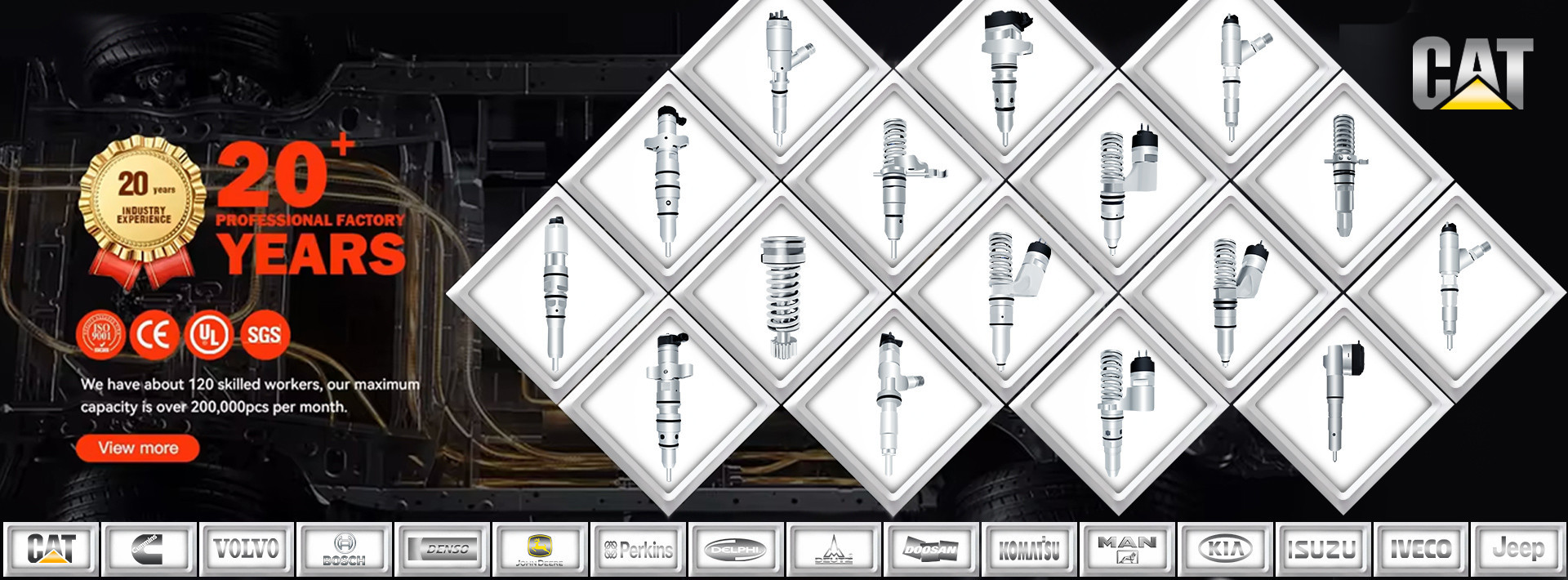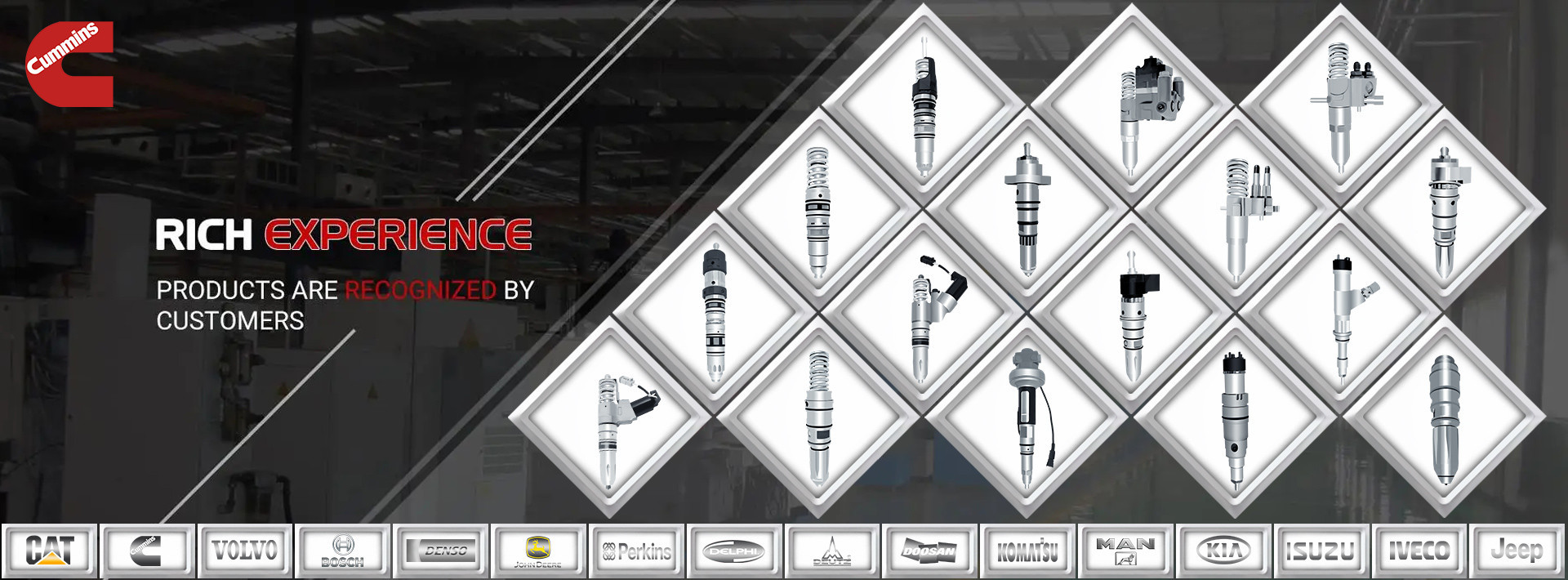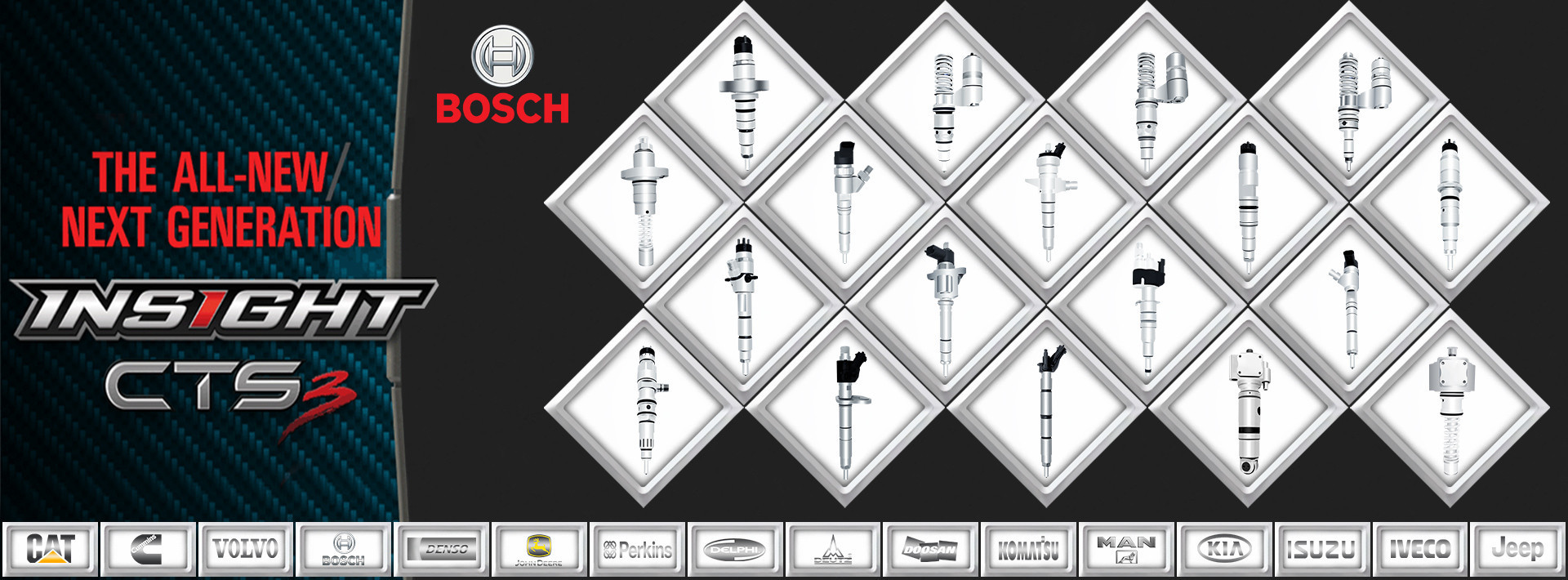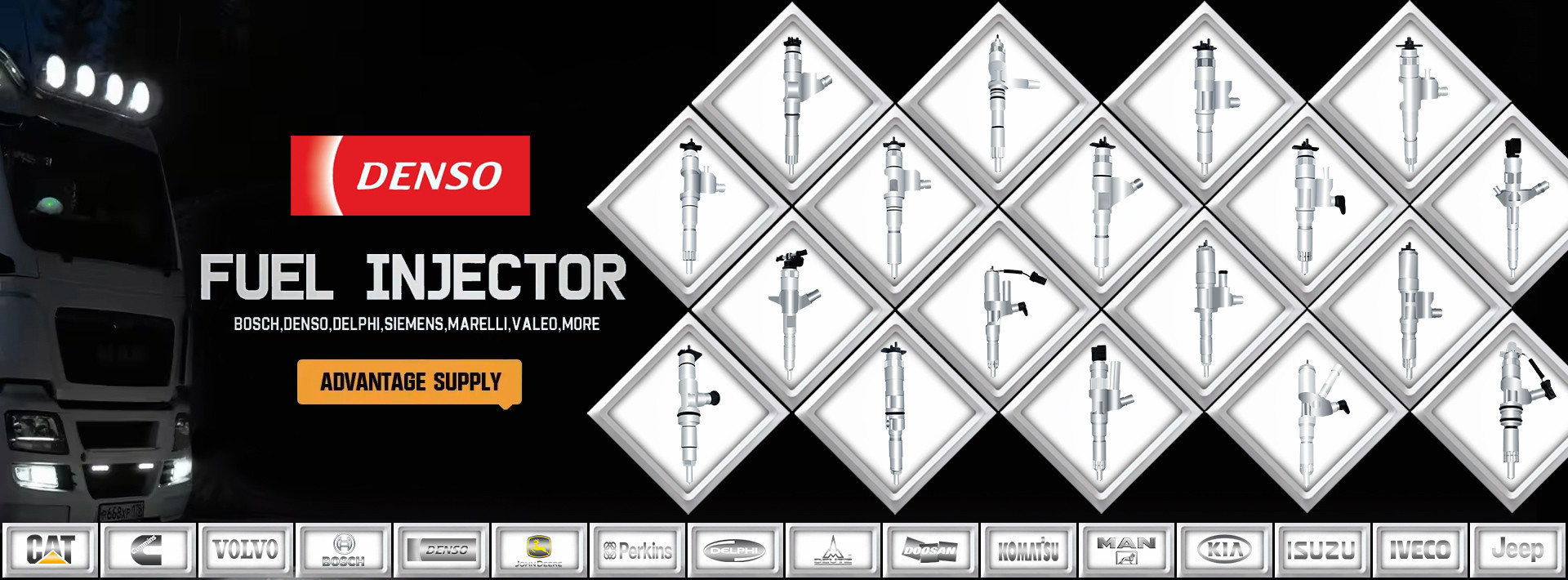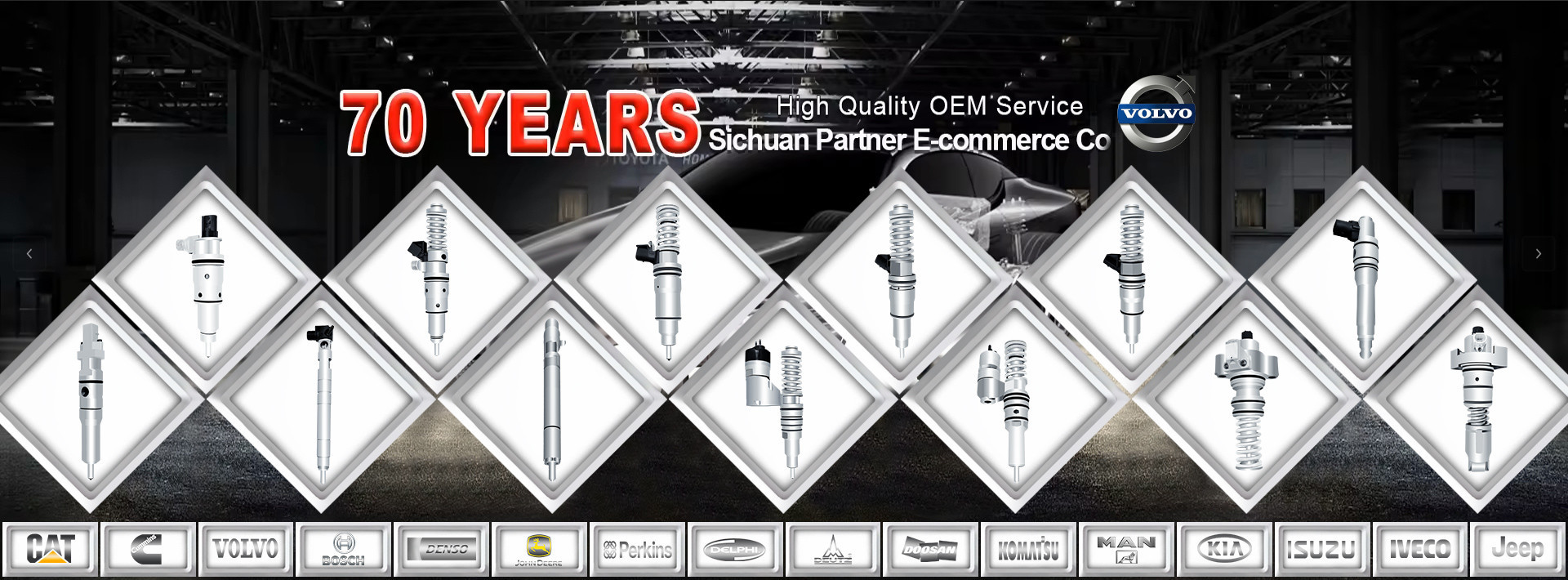What does a fuel injector do?
2025-05-19
A fuel injector regulates the injection of fuel into an engine’s internal combustion chamber where it is mixed with air and ignited. The combustion chamber is where the chemical energy in diesel, hydrogen, and natural gas is converted into power for the vehicle. When actuated by the electronic control unit (ECU), the injector delivers a precise amount of fuel to ensure efficient combustion.
A fuel injector in a diesel engine consists of a solenoid (a type of electromagnet), a nozzle, and a needle within the injector body. Modern diesel engines are direct injection, meaning fuel is delivered directly into the combustion chamber.
In the cylinder, air is compressed by the upward movement of the piston. As the piston nears the top of its path, an electrical signal is sent to the solenoid, causing the injector needle to lift, and allowing high pressure fuel (up to 37,000 psi) to flow through the nozzle and into the combustion chamber to mix with air. Because of the elevated temperature created by the compression stroke, the air-fuel mixture auto-ignites, creating power and driving the engine's pistons.
The combination of high fuel pressure and exceptionally fine injector nozzle holes ensures optimal mixing of air and fuel to meet even stricter emissions standards. In diesel engines, a fuel injector can fire multiple pulses in a single power stroke which can be used for noise mitigation and emissions control.
View More
How does a natural gas injector work?
2025-05-19
Natural gas engines function similarly to gasoline engines in that their combustion process utilizes a spark plug (unlike diesel engines). Natural gas is compressed and stored in a fuel tank, typically located in the back of the vehicle. The high-pressure gas is routed through a pressure regulator that reduces the pressure of the incoming fuel to an appropriate level to ensure accurate fueling from the injector. An electrical signal opens the injector and ensures the correct volume of fuel is delivered into the intake air stream. That air-fuel mixture is delivered to the combustion chamber where it is ignited by the spark plug, creating power.
Natural gas is a lower carbon-intensity fuel compared to diesel and is considered a critical technology to help fleets reduce carbon emissions today. Natural gas can be leveraged for immediate reduction, and, in the case of Renewable Natural Gas (RNG), it can even possess negative carbon-intensity
How does a hydrogen ICE injector work?
Hydrogen engines have a high degree of components common with natural gas and diesel engines. Cummins’ hydrogen engines are built on the cutting-edge fuel agnostic engine platform. Though they share common components, hydrogen engines have specific requirements for regulating and injecting fuel. This is because hydrogen is more flammable than diesel and is easier to ignite in a combustion chamber. Because of this, hydrogen engines can have “pre-ignition” issues, which may cause backfiring. One way to overcome pre-ignition issues is for an engine to use a direct injection system. Direct injection systems introduce hydrogen directly into the cylinders. Cummins is currently developing a 15-liter hydrogen engine that uses direct injection.
View More


